What is Art Direction?
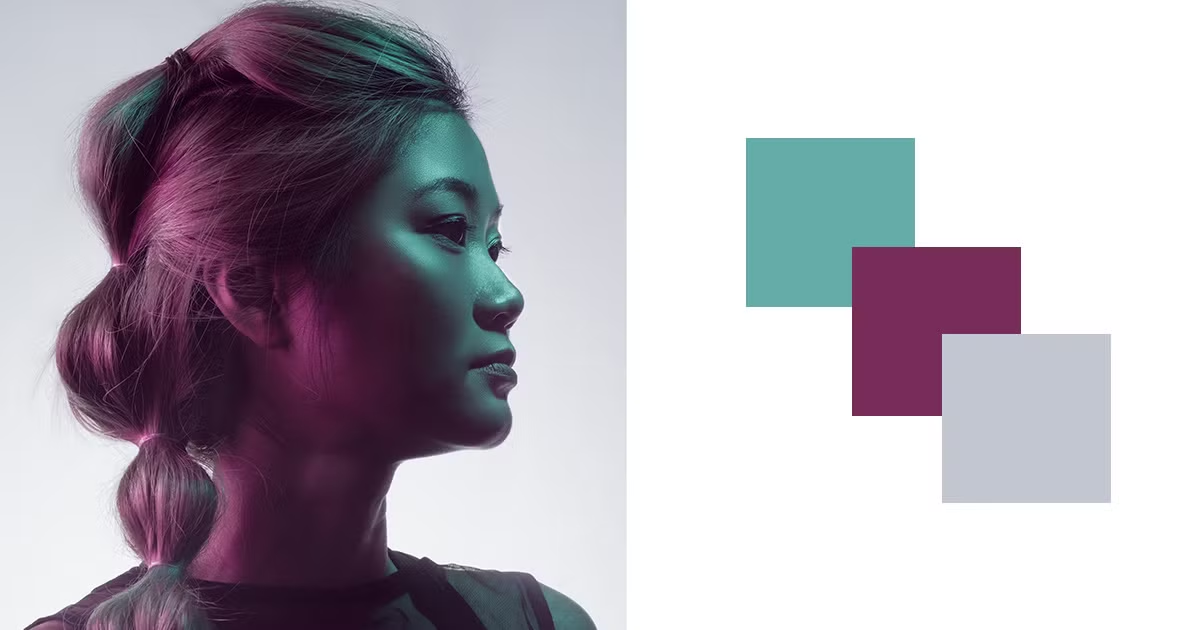
Learn what an art director does, the skills required, and the journey to becoming an influential creative force in art direction.
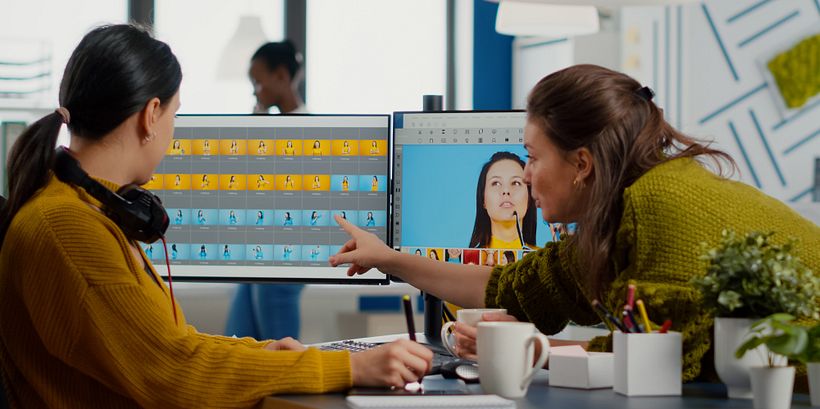
What is an art director?
An art director plays a crucial role in the creative industries, overseeing the visual aspects of a project. They collaborate with clients, creative teams, and artists to develop concepts and establish the artistic style for a project.
The responsibilities of an art director include providing creative direction, reviewing and providing feedback on the work of other artists or designers, and ensuring that the visual elements effectively communicate the desired message.
Art directors have strong leadership skills and are able to guide and inspire their team of designers. They have a keen eye for design elements and possess excellent communication, conceptual, and technical skills.
Whether it's in advertising, film production, video games, or product packaging, the art director plays a vital role in bringing creative projects to life. Their artistic vision and ability to collaborate and translate client objectives into visual designs make them a crucial asset in the industry.
Defining Art Direction
Art direction can be defined as the process of overseeing and guiding the visual aspects of a creative project. It involves setting a creative vision and visual style, as well as collaborating with a team of designers or artists to bring that vision to life. Art directors play a crucial role in various creative industries, such as graphic design, advertising, film production, and video games. They ensure that the visual designs effectively communicate the desired message, whether it’s through product packaging, advertising campaigns, or immersive digital experiences. Art directors use their leadership skills to inspire and guide their team, providing feedback and direction to ensure the highest quality of work. They have a keen eye for design elements and possess excellent communication, conceptual, and technical skills.
In meetings with clients or stakeholders, art directors present and defend their creative concept, using their expertise to explain how the visual elements will achieve the project's goals. They are responsible for making decisions related to visual content and design style, taking into consideration the target audience and market trends. Overall, art direction is a vital role in the creative process, combining artistic vision with strategic thinking to create compelling and impactful visual experiences.
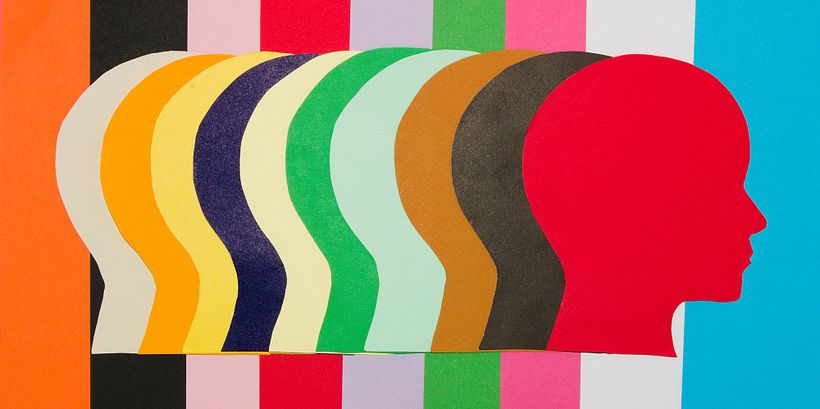
What does an art director do?
An art director plays a crucial role in overseeing and managing creative projects. They are responsible for developing creative concepts and providing visual direction to a team of designers or artists. They collaborate with the team to bring their creative vision and visual style to life.
Art directors also have a key role in managing the creative team involved in the project. They provide feedback and guidance, ensuring that the team produces work of the highest quality. They use their leadership skills to inspire and motivate the team, encouraging collaboration and innovation.
Interacting with clients is another important aspect of an art director's role. They meet with clients to understand their objectives and requirements, and they work closely with them to ensure that the visual designs effectively communicate the desired message.
Overall, an art director is responsible for ensuring the successful completion of creative projects by effectively managing teams, providing visual direction, and interacting with clients. Their role is essential in bringing a creative vision to life and achieving the desired outcome.
How to become an art director?
To become an art director, there are several necessary steps to follow.
– Obtaining a bachelor's degree in art or design is essential for building a strong foundation in visual communication and design principles. This education provides a comprehensive understanding of the creative industry.
– Gain relevant work experience is crucial. Starting as a graphic designer or working in other creative roles allows individuals to develop a strong portfolio and demonstrate a diverse skill set.
– Experience in graphic design, illustration, copy editing, or photography can be particularly beneficial.
Building a strong portfolio is a key component of becoming an art director. This portfolio should showcase a range of work, including visual designs and creative projects. It should highlight the ability to effectively communicate ideas and concepts through visual elements.
– Developing strong leadership skills is also vital. Art directors need to effectively communicate and collaborate with others, particularly when managing a team of designers or working with clients. Strong interpersonal skills and the ability to provide constructive feedback and guidance are essential in this role.
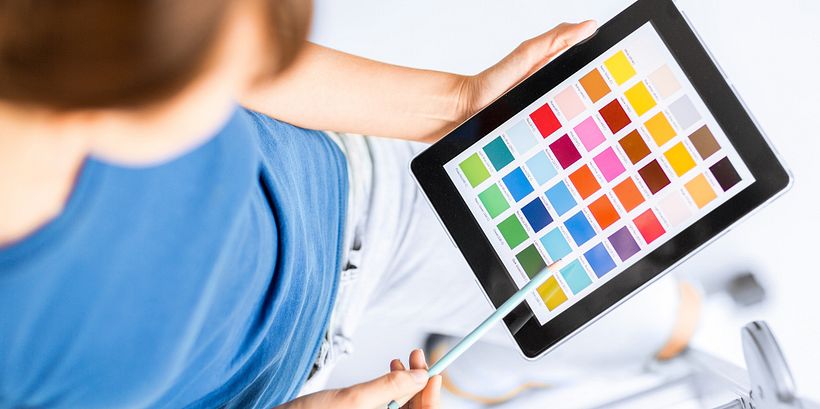
What makes a good art director?
A good art director possesses a range of qualities and skills that contribute to their success in shaping visual designs and creative projects.
– Leadership skills are crucial as art directors need to effectively communicate and collaborate with others, whether it's managing a team of designers or working with clients. Time management is essential in meeting project deadlines and ensuring efficient workflow.
– Open-mindedness is key in embracing new ideas and trends, and adapting to the needs of each project. Personal experience in graphic design or other creative roles is valuable in understanding the technical skills required and providing guidance to the team.
– A good art director shapes their own role and approach to achieve success in their projects. They set the creative vision and visual style, making sure it aligns with the client's objectives. They inspire and motivate their team, providing constructive feedback and guidance throughout the process. Their ability to effectively communicate ideas and concepts through visual elements, coupled with their experience and leadership skills, enable them to create impactful and visually stunning designs.
The Skills Any AD Needs
Art direction is a multifaceted role that requires a diverse set of skills. Successful art directors possess a combination of creativity, leadership, and communication skills that allow them to bring a creative vision to life in various industries such as graphic design, advertising, and film production.
– Strong understanding of visual communication. They need to be able to effectively convey their creative concepts to clients and teams of designers. This skill involves not only being able to articulate ideas clearly, but also to understand and interpret client briefs and project requirements.
– Strong grasp of design principles and visual elements. They need to possess a keen eye for detail, composition, color, and typography. This knowledge allows them to make informed decisions about the visual style and design elements that will best support the creative concept.
– Communication skills, both verbal and written, are also essential for an art director. They must be able to effectively communicate ideas and concepts to clients, as well as provide clear instructions to their team. Strong communication skills enable art directors to collaborate effectively and ensure that the creative vision is executed accurately.
– Creativity and conceptual skills go hand in hand with art direction. Art directors need to be able to think critically, problem-solve, and come up with innovative ideas. They must be able to conceptualize and visualize the end result, while also being adaptable and open to new possibilities.
– Lastly, technical skills are important for an art director, especially in today's digital age. Familiarity with design software and tools is crucial for executing projects efficiently and effectively. The ability to navigate and utilize these tools allows art directors to bring their creative vision to life.
In conclusion, being an art director requires a unique blend of skills. From strong visual communication and leadership abilities to a deep understanding of design principles and technical proficiency, art directors play a vital role in bringing creative projects to fruition.
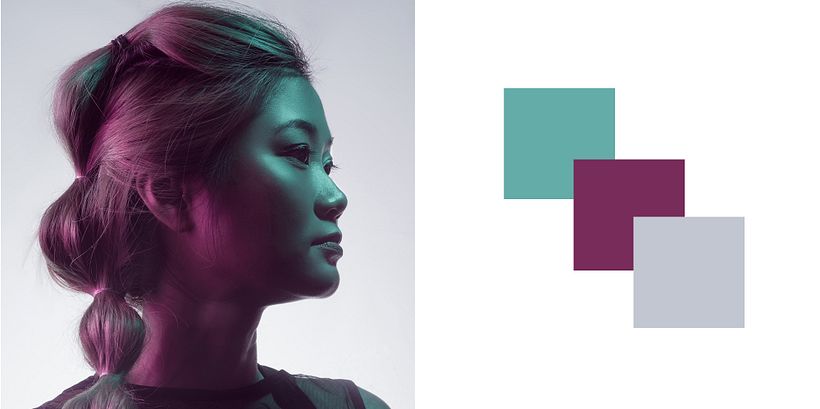
How to Define Your Own Art Direction
Defining your own art direction is a process that requires self-reflection and creative exploration. It involves understanding your personal style, interests, and vision, and translating that into a visual language that communicates your unique aesthetic.
Start by analyzing your own creative preferences and inspirations. Take the time to explore different art forms, styles, and mediums that resonate with you. Determine what elements and techniques you find most appealing and how they can be incorporated into your own work.
Next, consider the message or story you want to convey through your art. What emotions or ideas do you want to evoke in your audience? By establishing a clear concept or theme, you can then develop a visual direction that supports and enhances that message.
Experimentation is key in defining your art direction. Don't be afraid to step outside of your comfort zone and try new methods, materials, or styles. Push your boundaries and challenge yourself to constantly grow and evolve as an artist.
Finally, embrace your uniqueness and individuality. Art direction is about finding your own voice and expressing it in a way that is authentic to you. Don't compare yourself to others or try to imitate their style. Embrace your own creative vision and let it shine through in your work.
In conclusion, defining your own art direction is a personal and ongoing journey. It is about understanding your own aesthetic preferences, developing a clear concept or theme, experimenting with different techniques, and embracing your own uniqueness. By defining your own art direction, you can create work that is truly reflective of who you are as an artist.
You may also like:
– Learn about art direction
– Learn how to create your portfolio
– What is an art director in a design studio?





0 comments